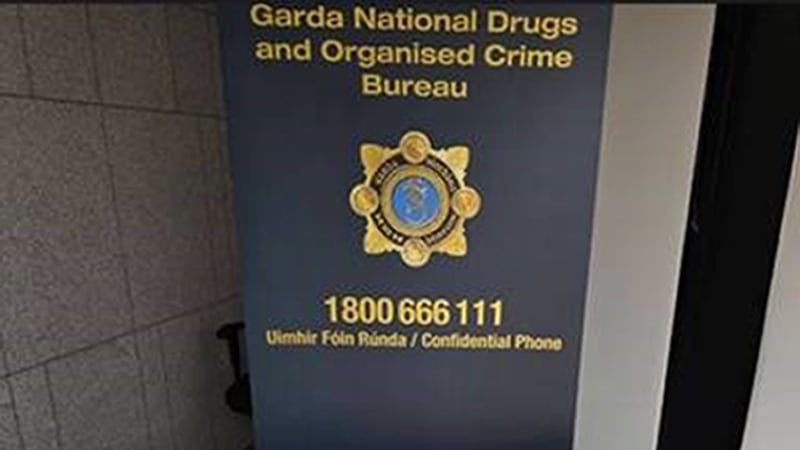Last Friday’s vote by Irish voters demonstrated, as many commentators have remarked, that the broad centre of Irish politics is not as fragile as those on the hard left and hard right imagined and calculated.
Those who, like Stephen Collins and I, have consistently argued and written that the entry into government by Sinn Féin was neither inevitable nor desirable can breathe a sigh of relief that our view has been corroborated by the outcome of the local and European Parliament elections. But the magnitude of that corroboration was, it must be admitted, not foreseen by anybody.
Sinn Féin’s collapse in support over the last year from opinion poll levels in the low to mid-30s to just below 12 per cent in the local elections is dramatic. Explanations are probably as diverse as they are difficult. And the party will not permit any public postmortem or inquest. No elected representative is allowed to criticise the party’s strategy or leadership. It appears to have lost the protest vote – even if the twin topics of housing and health on which it waged political war since 2020 have not “gone away”.
At both local and European level it implemented a strategy of fielding a multiplicity of low-key candidates in the hope that buoyant national support levels would lift their boats in the same way as relative unknowns floated into Dáil Éireann on a high tide in 2020. But that tide turned and left very many of their candidates beached in shallow water.
READ MORE
This loss of momentum contrasts strongly with the leadership’s carefully orchestrated strategy of politically grooming itself for government – a process involving two-way briefing sessions with banks, financiers, law firms, government departments and agencies and other political stakeholders over the last nine months, as well as imposing a shirt, suit and tie dress code for TDs and Senators.
If there is a general election this autumn, as most believe quite likely, the time for Sinn Féin to refloat its fortunes is very limited as we are now in the run-up to the summer break and the pre-budget political silly season.
As a party Sinn Féin has aspired to be a political chameleon. In reality it is driven by the hard left socialist ideology of James Connolly, and still adheres to the proposition that it is the moral and political heir to the 1916 Republic vested in the IRA Army Council since anti-Treaty extremists in 1938 handed over the powers of the second Dáil to the pre-war IRA.
The Belfast leadership of Sinn Féin still denies the legitimacy of the Irish State and still aspires to establish a 32-county socialist workers’ republic. Mary Lou McDonald is not a leader vested with leadership control over a conventional political party. Its elected TDs and Senators in Leinster House do not collectively decide anything, and receive rather than decide their policy from outside party bodies.
Local party members have little or no autonomy. Every member is bound by Leninist principles of “democratic centralism” to publicly uphold without hesitation the policy line decided in private on pain of suspension or expulsion for deviation.
The grim prospect articulated by many political commentators until now – that the next government would probably be a coalition consisting of Sinn Féin as majority and Fianna Fáil as minority partners – suddenly seems less likely than it did three months ago. It was never inevitable.
Anyone who, like me, was present at the initial tally of Dublin European ballot papers and witnessed the massive cross-voting patterns between Fine Gael and Fianna Fáil supporters would realise that last Friday marked a political watershed. A seasoned former politician remarked to me that it was strange indeed to see the former Civil War parties congratulating themselves and each other for reaching 23 per cent support levels each in local elections. Who would have predicted that mutual backslapping five or 10 years ago?
But does all this fightback by the centre mean that the people will be confined to a non-choice of re-electing the present Government in the autumn or choosing a hard left coalition dominated by a winded but recovering Sinn Féin? Will there be centre options other than a re-election of the present coalition?
Which part of the fragmented left mosaic in Irish politics would hold itself out to voters as a potential coalition with the centre ground parties? Political scientists struggle to discern any real difference between Labour and the Social Democrats. I can’t see the need for competing parties in their limited collective space.
The Social Democrats had a poor outing last Friday considering their slick branding and wide candidate spread. They were dismissed by one veteran politician as “SUV socialists”. Ivana and Holly badly need to talk.
Somehow I find it difficult to believe that a general election in the autumn will be a simple repetition of last Friday’s outcome. There are important choices to be made on our future.













